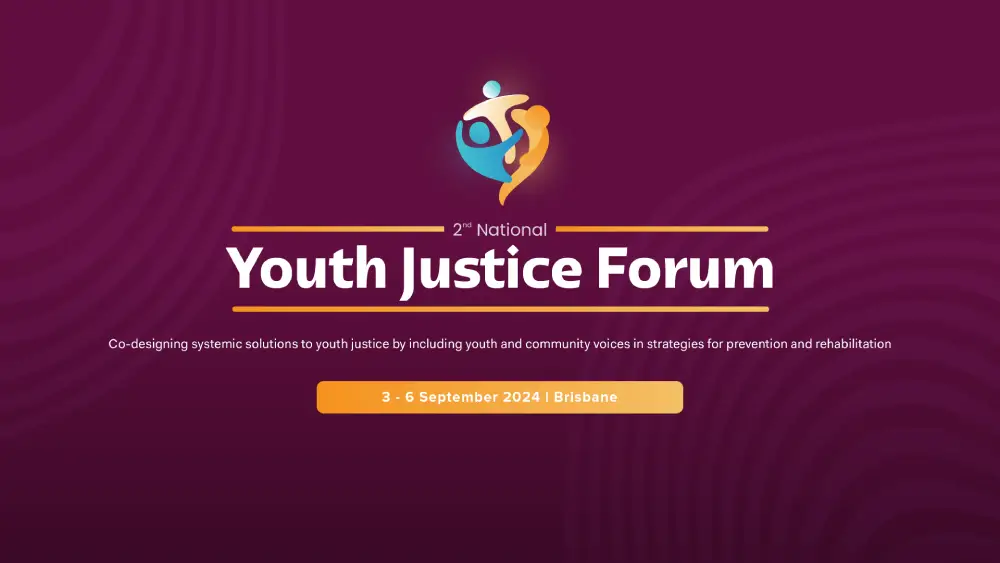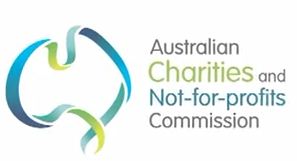The HR professionals
Paula Holden is the General Manager of People, Learning and Culture at the Spinal Injuries Association, where she was previously Human Resources (HR) Manager. She is also State Council Member of Australian HR Institute (AHRI).
Chris Steinfort is the National HR Director of Australian Red Cross and is also a State Council Member of the AHRI. Prior to Red Cross, Steinfort worked for three years as the Executive Director of HR at Alfred Health.
Jessica Kitch is the HR and Organisational Development Manager at Inner South Community Health Services. She has held roles as HR Manager at the Benevolent Society and with the Burnet Institute.
What are the most common challenges not-for-profits (NFPs) face when it comes to attracting and retaining talented staff and volunteers.
Holden: The biggest HR challenges for the Spinal Injuries Association right now are balancing employee engagement at a local and regional/remote level while managing a flexible and virtual workforce with whom we have little face-to-face contact, pending political changes with the pay rates, the implications of the Modern Award and competition with similar sectors such as allied health and aged care.
Steinfort: Talented, committed and enthusiastic staff and volunteers have many choices of organisations to join and roles to undertake so NFPs have to offer a wide range of flexible options and meaningful roles that attract, engage and retain staff and volunteers.
Kitch: One of the biggest challenges is having the infrastructure and resources to be able to manage the recruitment process professionally. Recruitment processes can be time consuming and resource intensive, especially when a large volumes of applications are received.
The Spinal Injuries Association offers staff access to paid training and annual performance reviews to also give clear direction.
What are the most common challenges not-for-profits (NFPs) face when it comes to attracting and retaining talented staff and volunteers?
Holden: Employees need to feel like they’re a valuable part of the team; therefore recognition plays a big part in ensuring that we have happy employees.
Being creative with incentives and solutions that don’t involve huge financial outlay is another important aspect of how we have managed to slow turnover. Salary packaging, accrued days off and time off in lieu, greater flexibility around work hours and working from home are other strategies that we have utilised.
Steinfort: Firstly we reflected upon the journey of a staff member or volunteer with Red Cross with the aim of making that journey more meaningful, positive, rewarding and worthwhile. Then we mapped out each stage of the journey and asked ourselves how do we plan, attract, engage, develop, support, reward, retain and transition our staff and volunteers?
For example, how do we best match the expectations of potential volunteers and staff with the various opportunities within Red Cross, and how can we have a positive, inclusive and effective induction program so that new workforce members feel welcome and can quickly align their work to their new role?
Kitch: In the next few months, Inner South Community Health will be rolling out a new HR information system, which will allow us to develop talent pools, to be more proactive and strategic in our approach to recruitment and to keep in touch with potential candidates more effectively.
“Approach each situation or issue with a solutions focus, consider how an issue can be solved in a way that best meets organisational and individual needs and make sure you understand the underlying interests of people – not just their stated position.” Chris Steinfort, Director of Human Resources, Australian Red Cross
How can NFPs improve their workforce planning strategy?
Holden: Through understanding the industry and networking broadly with like bodies in the sector. Planning isn’t something that can be generated in a back office and rolled out.
Steinfort: There are three parts to a workforce planning strategy.
Start by looking at the overall organisation strategy and asking yourself what is our organisation aiming to achieve? Then look at how you work as an organisation. Finally, consider your volunteer and staff workforce who carry out the work.
Consider three aspects of the workforce:
- Capacity, which is the right number of staff and volunteers at the right place and time, and within the allocated budget for staff roles
- Capability, which is a combination of technical competencies and behavioural capabilities at an individual, team and organisational level
- Culture, which is built on your fundamental principles and code of conduct.
Kitch: Workforce planning for NFPs is challenging due the nature of our funding, which makes it hard to plan longer term. However, it is vital that we plan well so we create sustainable organisations.
What non-financial benefits can NFPs offer to retain talented staff?
Holden: The Spinal Injuries Association offers staff access to paid training as well as annual performance reviews which help give clear direction. Other non-financial benefits offered include flexible time off arrangements such as accrued days off.
Steinfort: The Red Cross has a strong focus on career and workforce development. For example, we offer development programs on teamwork, negotiation, resilience and feedback, as well as accredited and non-accredited training programs for managers and team leaders.
Mentoring programs, 360 degree feedback, change management training and an emerging leaders program are also available. In addition, our study assistance program supports external training, while various online resources and programs are available, both from leading external institutions, as well as the Red Cross Movement.
Kitch: In my experience, NFPs are often modest about the amazing non-financial benefits they offer. NFPs see their staff very holistically and are very respectful of work-life balance and see time-off as being valuable. The flexible work arrangements in NFPs can be a great incentive.
What are you tips for creating a good workplace culture?
Holden: Offering opportunities for consultation and involvement on all levels. Consultation and open communication builds trust and are the fundamentals in forming positive relationships and the beginnings of a positive workplace culture. Culture is something that is driven from the top but it certainly cannot be changed by one person alone. It takes time to develop and evolve.
Steinfort: Make sure you have a clear set of values, principles and expectations and then demonstrate them in all your actions, behaviours and decisions.
The Red Cross Code of Conduct has the tag line ‘Every person, every day’. It represents the organisational culture we strive to achieve, and provides a shared understanding and expectation of the way we behave as individuals, towards each other, our members, clients, donors, partners and other supporters.
In building a collaborative organisation, we recognise that each person adds to the culture. Leadership is a shared responsibility – it’s not just confined to those in senior roles. New technology and methods of communication enable a flatter, nimble and more participative culture.
Kitch: Creating a good workplace culture is about values, people and behaviour. I am lucky to work for an organisation that balances its strong, positive culture with a reputation for service, innovation and quality. Creating a positive culture starts with having a thousand conversations.
What is the most valuable piece of HR-related advice you have ever received?
Holden: You can’t just be focused on HR, you need to appreciate the broader business context. I have always lived this ethos and believe this to be very relevant to successfully getting HR a seat at the table when it comes to decision making.
Steinfort: Approach each situation or issue with a solutions focus; consider how an issue can be solved in a way that best meets organisational and individual needs; make sure you understand the underlying interests of people – not just their stated position; and, always aim to treat people with respect, integrity and dignity – just the same as you would like them to treat you.
Kitch: No HR decisions should ever be made by one person. There always needs to be discussion and problem solving to ensure the best outcome for the organisation.













































































































































